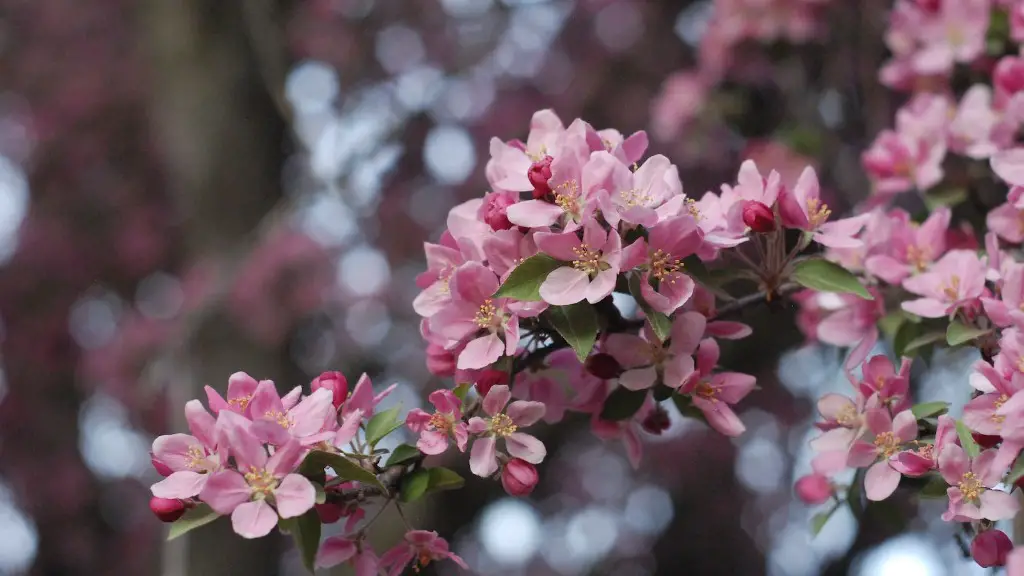Tools and Materials Needed
Growing an avocado tree outside requires few tools and materials but the right ones can go a long way in ensuring the trees success. Having a sprayer to water your tree is essential as it minimizes the time you spend watering. A gallon water can with a long spout is also useful for those hard to reach places. Materials such as fertilizer and insecticides will provide essential nutrients and protection from pests. A pair of pruning shears and a gardening trowel will come in handy for planting, weeding and pruning. Finally, gloves and other protective wear can help protect you from the sun and keep your skin safe from irritants.
Choosing a Location
When selecting the perfect spot to plant an avocado tree, the first key factor to take into consideration is good drainage. If the ground is prone to flooding, it would be wise to build up the soil or select another area where water drains away easily. It is also important to consider the ground’s exposure to the sun’s rays. Inadequate exposure may lead to slow growth, so aim for an area that receives full sun throughout the day. Also, make sure the plot of land provides enough room for the tree to grow so that it is not in danger of crowding its neighbors or becoming a hazard.
Planting Process
Avocado trees must be planted with the seed facing side down in the soil. This can be done by using a trowel to create a hole deep enough for the seed and use it to create a mound for the seed to fit into. Fertilizer should then be added to the surrounding soil and gently mixed in with the trowel. Once the tree is planted and the surrounding ground is watered, the roots will begin to stretch and become better established in the ground. After doing so, cover the roots with the remaining soil left.
Caring for the Tree
Watering and fertilizing are essential steps in caring for an avocado tree, especially during its first year. The tree should be watered approximately once a week and more frequently during periods of drought. The amount of water needed can vary depending on the tree’s age, the climate and the soil’s drainage rate so keep a close eye on the tree’s needs. When the time comes for fertilizing, the best way to go about doing so is often with a slow-release nutrient which can be found in many fertilizers. As for pests, the best preventative measure is often to use insecticides to maintain pest control while also keeping an eye out for signs of any potential damage.
Pruning
Pruning is also a key aspect in keeping an avocado tree healthy and vigorous. This is mostly done to keep the tree in a desirable shape and size while also allowing larger branches to still receive sunlight. Generally, it is recommended to wait until the tree is at least two or three years old before pruning. This is to avoid over-pruning and potentially serious damage to the tree. As it gets older, pruning should mainly be focused on removing any dead branches and any crossing branches that may be causing damage. If the tree is becoming too large, more drastic pruning should be done as necessary.
Harvesting the Fruit
Avocado trees can take up to five years to reach full maturity but with proper care and maintenance, the fruit can be harvested earlier. The green-skinned avocados are ready to be picked when their skin has softened slightly, but fully ripe avocados will have dark spots on them. It is recommended to let the fruit remain on the tree until it has become fully ripe. If picked prematurely, the fruit may never reach full ripeness and may even go bad.
Common Mistakes
When taking care of an avocado tree, there are a few common mistakes that should be avoided. One of the most important mistakes to avoid is overwatering. Avocado trees only need to be watered once a week, and during warmer months, this may even be reduced. Additionally, waiting too long between fertilizations can make the tree more prone to pests and damage, so it is important to make sure the tree is being adequately fed. Finally, be sure to watch out for potential damage from pests or disease, as these can be difficult to predict and prevent.
Frost Protection
When planting an avocado tree outside, it is important to consider the climate in which it will be living. Avocados are tropical fruits, meaning they do not typically do well with cold temperatures and frost. If temperatures dip drastically, the tree may require some extra protection such as a cover or a blanket that can be wrapped around the trunk or spread around the roots. Additionally, a frost-protective covering made from plastic or fabric can also be used to help protect the tree during colder months.
Breeding the Tree
If you’re looking for a bit of variety in your avocado tree, it can be helpful to consider breeding. Grafting and interbreeding are some of the most popular methods of breeding an avocado tree. Grafting is a process where a piece of one tree is grafted onto another, whereas interbreeding is where two avocado trees of different varieties are bred with each other. Breeding can result in trees with a unique taste, size or color, and the end product can potentially be more disease-resistant or baring higher yields.
Additional Considerations
While taking care of an avocado tree involves a variety of processes, there are still other factors to consider. If a tree is located in windy areas or on a slope, it may benefit from a staking or anchoring system. This will help keep the tree grounded and protect it from being damaged by harsh weather, winds or soils that are too loose. Finally, it is important to plan for the possibility of drought or heavy rain by ensuring that the tree has a source of irrigation and protection from overly wet conditions.

